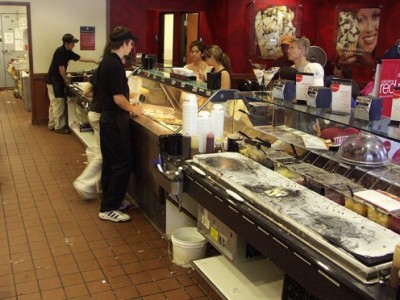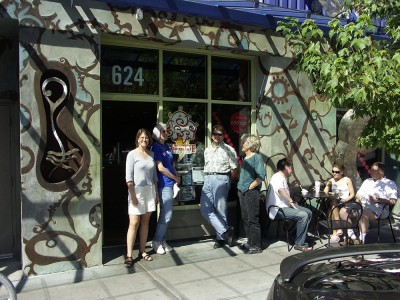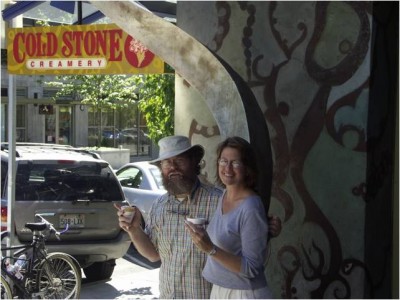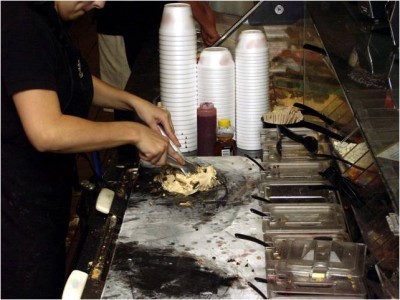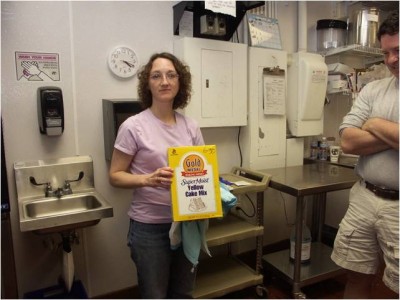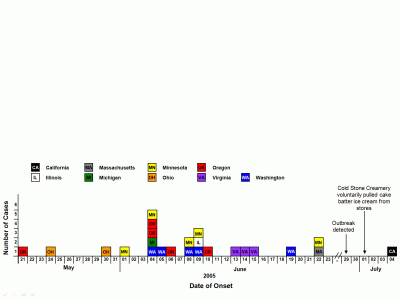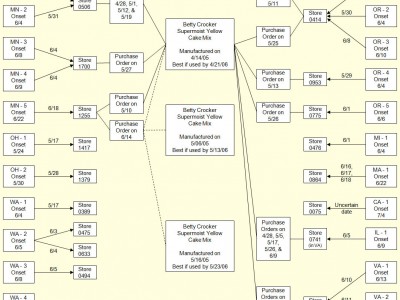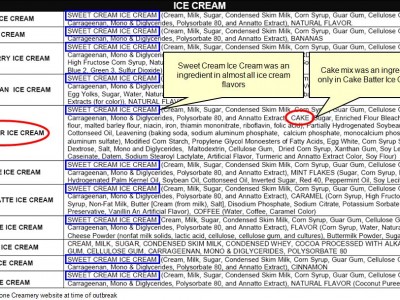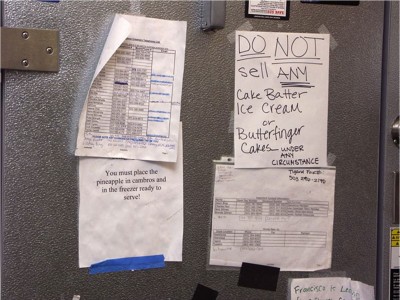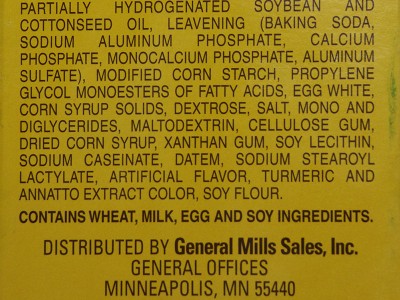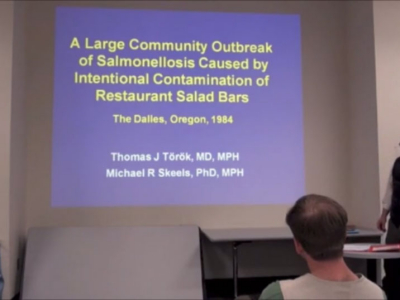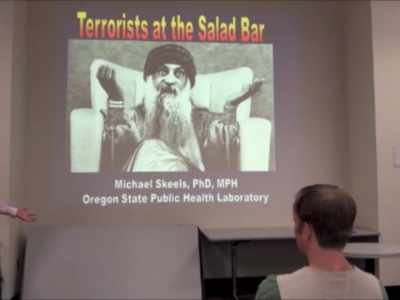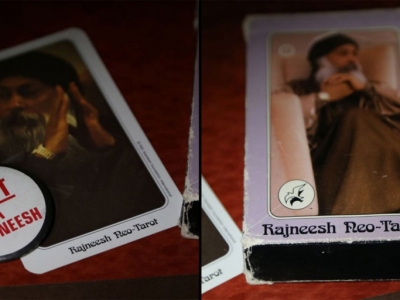| Outbreak: Cold Stone Cake Batter Ice Cream |
|---|
| Product: Cake Batter Ice Cream |
| Investigation Start Date: 06/29/2005 |
| Location: Multi-state |
| Etiology: Salmonella Typhimurium |
| Earliest known case onset date: 05/21/2005 |
| Latest case onset date: 07/04/2005 |
| Confirmed / Presumptive Case Counts: 25 / 0 |
| Positive Samples (Food): 2 |
| Outbreak Summary: |
|---|
| The vehicle for this outbreak was ice cream made with a contaminated cake mix ingredient. Four patients reported eating cake batter flavor ice cream from two separate outlets of Cold Stone Creamery. |
| Details: |
|---|
| Salmonella Typhimurium Outbreak Associated with Cake Batter Ice Cream from Cold Stone Creamery Background On June 29, 2005, the Minnesota Department of Health identified four Salmonella Typhimurium isolates with a pulsed-field gel electrophoresis (PFGE) subtype that was new to the PulseNet national database. Four patients reported eating cake batter flavor ice cream from two separate outlets of Cold Stone Creamery. Methods The PulseNet national database was queried to identify potential cases in other states. A case was defined as infection with an S. Typhimurium isolate that matched the outbreak PFGE pattern, and illness onset since May 2005. All cases were interviewed with a standard questionnaire. State and federal officials conducted a traceback of ice cream ingredients. Results We identified 25 cases in nine states (MN, 5; OR, 5; WA, 5; VA, 3; OH, 2; CA, IL, MA, MI, PA, 1 each); 24 reported eating cake batter ice cream from Chain A. The median age of cases was 13years (range, 2–32 years). The median incubation was 4 days (range, 1–7 days). Illness onset dates ranged from May 21 to July 4; four cases were hospitalized. Cold Stone Creamery voluntarily recalled cake batter ice cream on July 1. This flavor’s ingredients included a pasteurized liquid sweet cream base and Gold Medal Super Moist yellow cake mix. The sweet cream base was used in numerous other ice cream flavors, but the cake mix was used only in cake batter ice cream. The cake mix comprised spray-dried egg whites, flour, and several low-risk components. Tracebacks in Minnesota, Oregon, and Virginia implicated a single lot of cake mix produced on April 14, 2005. No manufacturing anomalies were identified for this lot; but two cake mix samples yielded the outbreak strain of S. Typhimurium. The Food and Drug Administration warned food retailers that cake mixes and flour are not considered “ready to eat” and should be heat processed before consumption. Conclusion The vehicle for this outbreak was ice cream made with a contaminated cake mix ingredient. While the ultimate source of contamination was not confirmed, we recommend a review of the efficacy of spray-drying egg whites as a kill step for Salmonella. Routine and rapid subtyping of bacterial isolates, coupled with a vigorous epidemiological response, is critical to identifying and abating multi-state outbreaks. |
